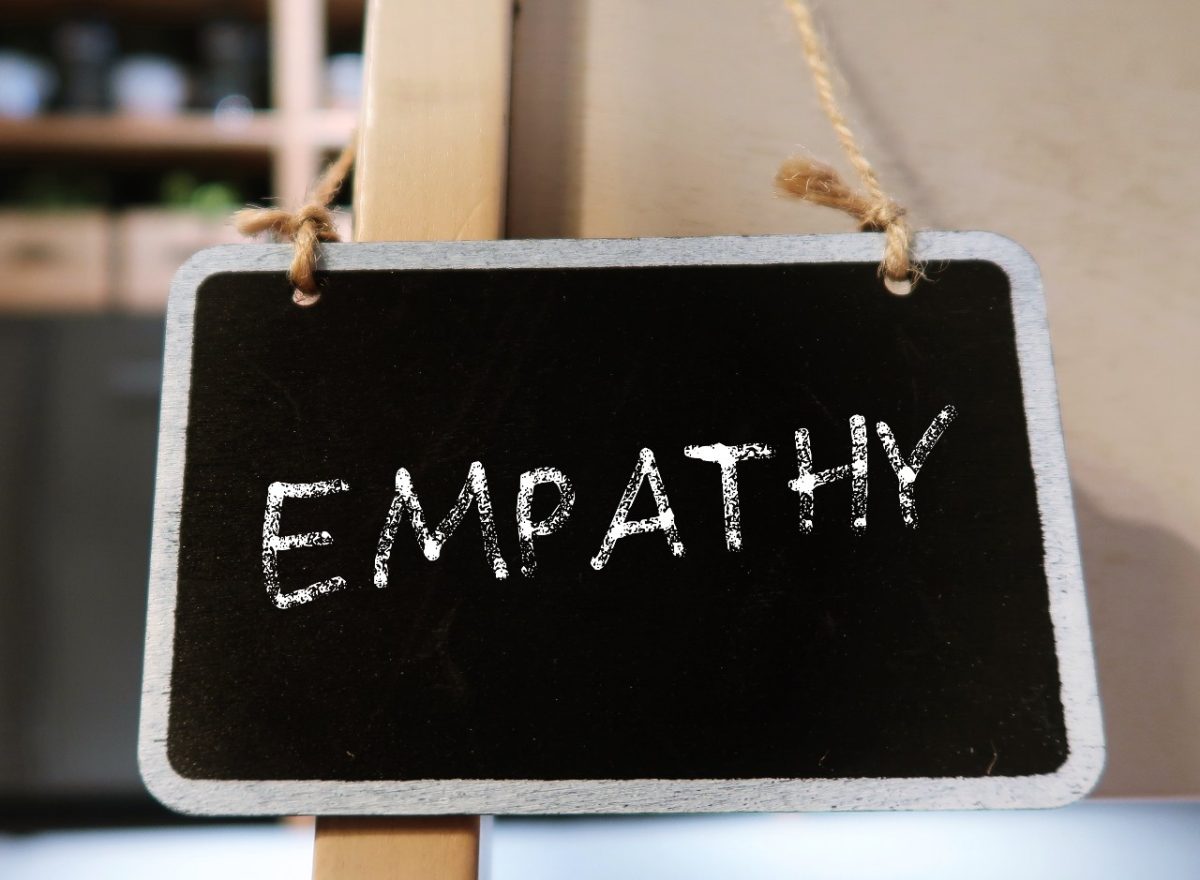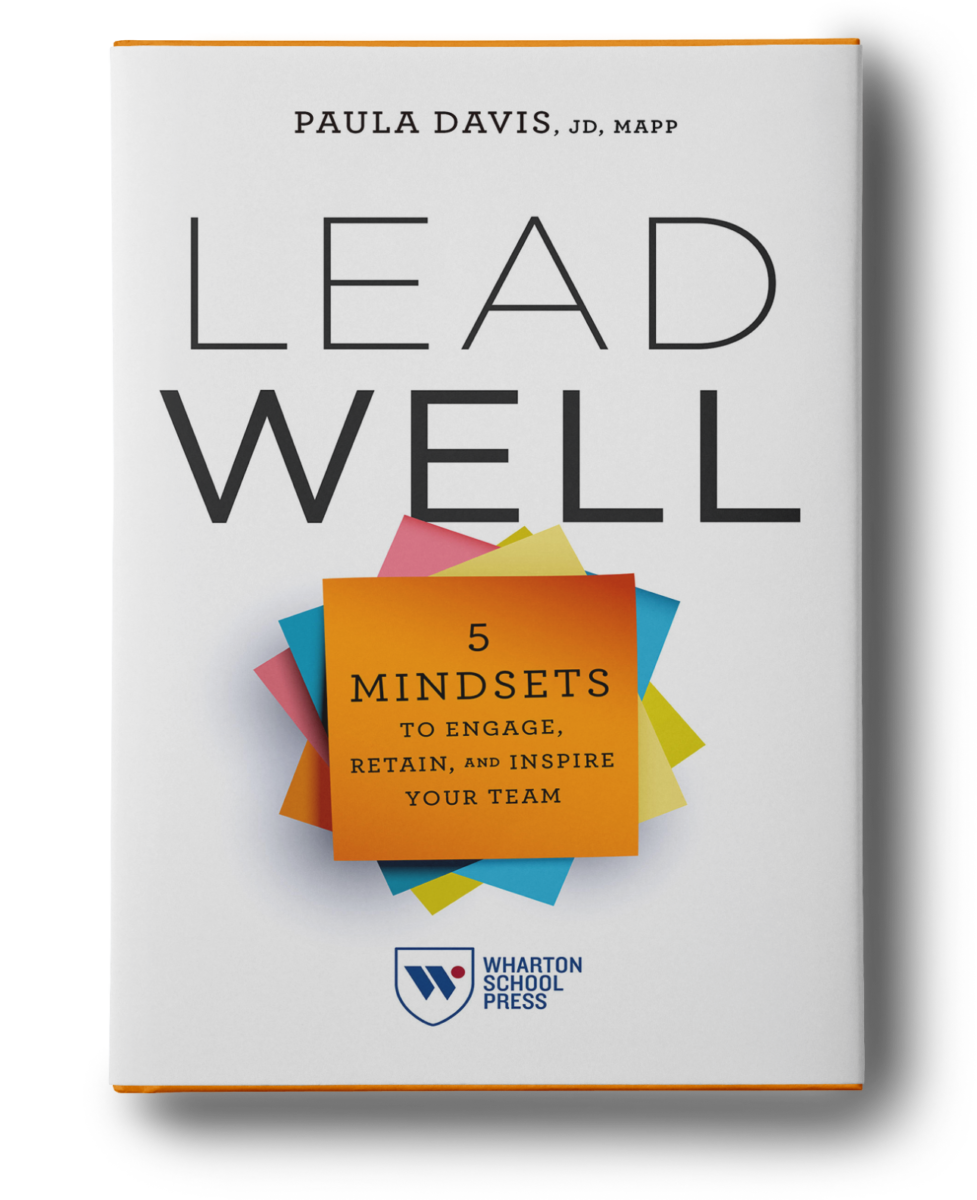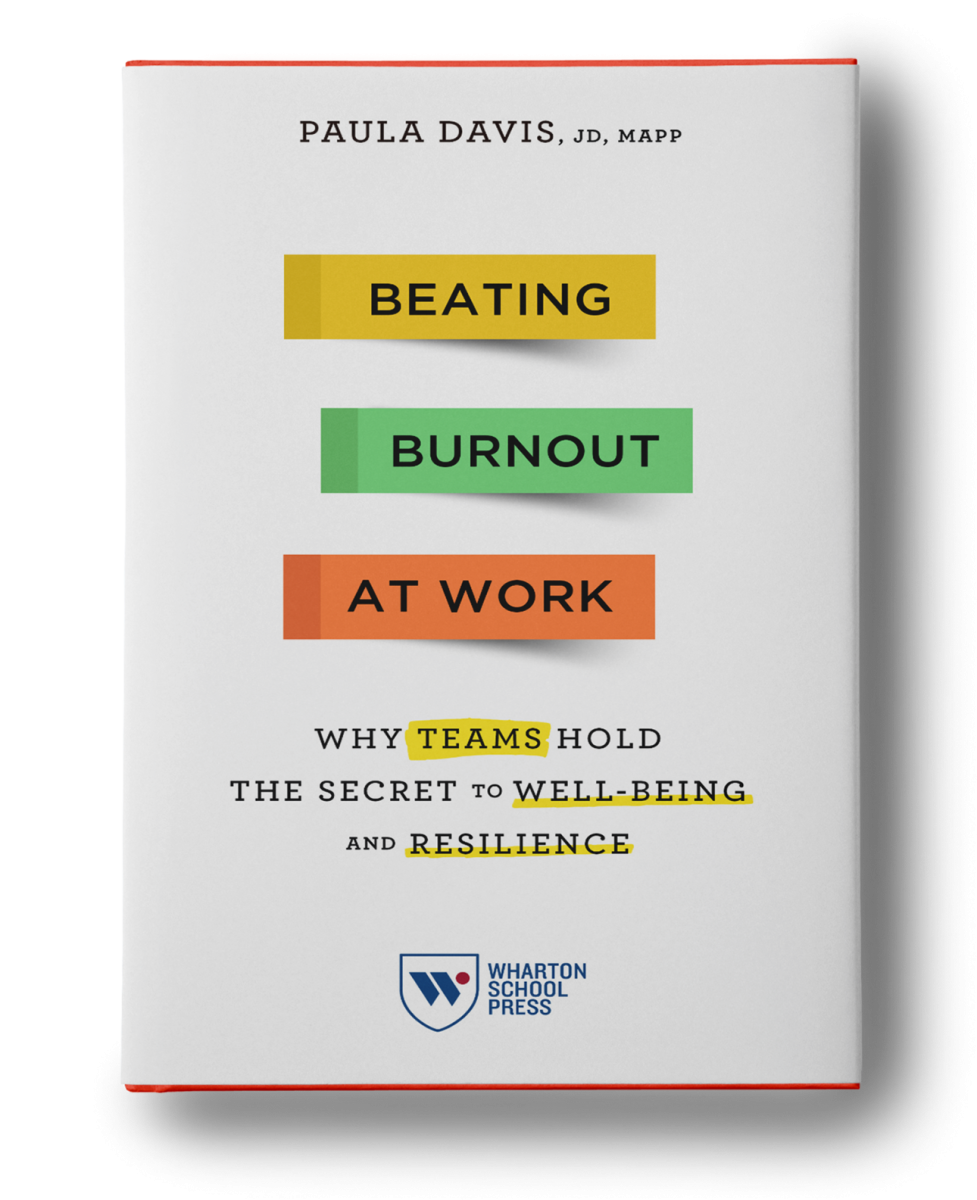Leading and living with empathy has never been more important in our world than right now. Empathy is the ability to identify with the challenges that other people face and to see those challenges from their perspective. I think of empathy as “humble curiosity,” and it’s an important skill set that is fundamental to emotional intelligence and resilience. It may also serve as an important protective factor against burnout and is foundational to successful teamwork and leadership. You can build your empathy muscles with a few simple, but intentional strategies. Here are five ideas for leaders, parents, and you to develop humble curiosity:
Increase Active Listening. Active listening is a key component of humble curiosity. Many of us listen to fix or listen to win, rather than listen to understand or listen to learn. These sentence starters help activate curiosity:
- Tell me more/say more about that…
- Help me understand…
- Walk me through that…
- I’m wondering…
In addition, they also help diffuse defensiveness and actively signal to the other person that you’re ready to learn more. Importantly, taking the wrong approach to listening can impact trust. For example, if a team member just wants to vent about a problem with a project, offering to fix what isn’t broken might be off-putting and make it less likely that she will approach you again.
Limit Toxic Positivity. When you’re struggling, other people often don’t know what to say and out of kindness (or discomfort) try to make the situation better. Unfortunately, it often backfires. My aunt battled stage 4 colon cancer over a year ago, and our family gathered one evening to support her. At one point in the conversation, she burst into tears and said, “It feels like the cancer is winning.” Relative A pat her on the back, and in an attempt to comfort her told her to try and “think positively.” Empathy is not about a response. It’s about being willing to sit in the dark with another human. Pema Chödrön writes beautifully, “Compassion is not a relationship between the healer and the wounded. It’s a relationship between equals. Only when we know our own darkness well can we be present with the darkness of others.” Toxic positivity usually starts with the following phrases: “Well at least…;” “Look on the bright side;” or, “It could be worse.” You have the full right to ignore it.
Prioritize Clear Communication. Researchers recently asked a large group of workers, “What do you need more of to feel like you are able to be your best at work?” The only consistent response between August 2020 (early in the pandemic) and October 2021 (later in the pandemic) was, “clearer communication from leaders.” Leaders can build empathy via clear communication by doing the following:
- Provide transparency and ongoing status updates
- Reclarify roles and goals for team members that are required to meet remotely or in a hybrid format; disruptive events may create new and competing tasks for teams
- Ask how people are doing
- Have open conversations about stress and other challenging topics
- Quickly address friction points that emerge within teams
- Talk about a time when you overcame a workplace challenge
- Accept a goal/challenge
- Make an effort
- Get feedback on that effort
- Improve that skill/ability
- Keep trying
- Succeed (and celebrate each success!)
Hire for Curiosity. When was the last time you asked your business clients what keeps them up at night? Do you know the extent of the challenges your clients and team members face? If not, then you need to get curious. Curious people tend to enjoy complex thinking, tolerate uncertainty better, and tend to avoid judging, criticizing, and blaming others. Importantly, you can create a culture of curiosity by hiring for it. Ruma Batheja, a leader at Knowledgetics Research, suggests the following:
- Take a candidate on an office tour. You may have to get creative with this approach depending on whether people are back in a physical workplace, but virtual tours can also work. Tours allows a candidate to ask questions about office decorations, signage, current initiatives, and how teams are physically situated (or whether teams are physically situated).
- Ask about personal hobbies or interests, which can be especially helpful for candidates straight out of college or graduate school who haven’t yet had a chance to flex their curiosity muscles in the workplace. Ask what this interest or hobby has taught them about life and how it might transfer to their work.
- Curious people are always interested in expanding their knowledge. Simply ask the person to explain something new they have learned in the past six months.
- Give them a challenge to solve. Tell them about a task that needs immediate attention and ask them how they would approach solving the problem.
Humble curiosity is a superpower. Empathetic leaders think about (and ask) how other people are doing, they are great at listening to what others have to say, they build trusted relationships with people who enter their space, and they see other peoples’ perspectives in a nonjudgmental way. At its essence, humble curiosity is the gateway to connection – something we could use more of at work and in life.
** The phrase “humble curiosity” was coined by my colleague, Cat Moon.
Please click here to order my new book, Beating Burnout at Work: Why Teams Hold the Secret to Well-Being and Resilience.







